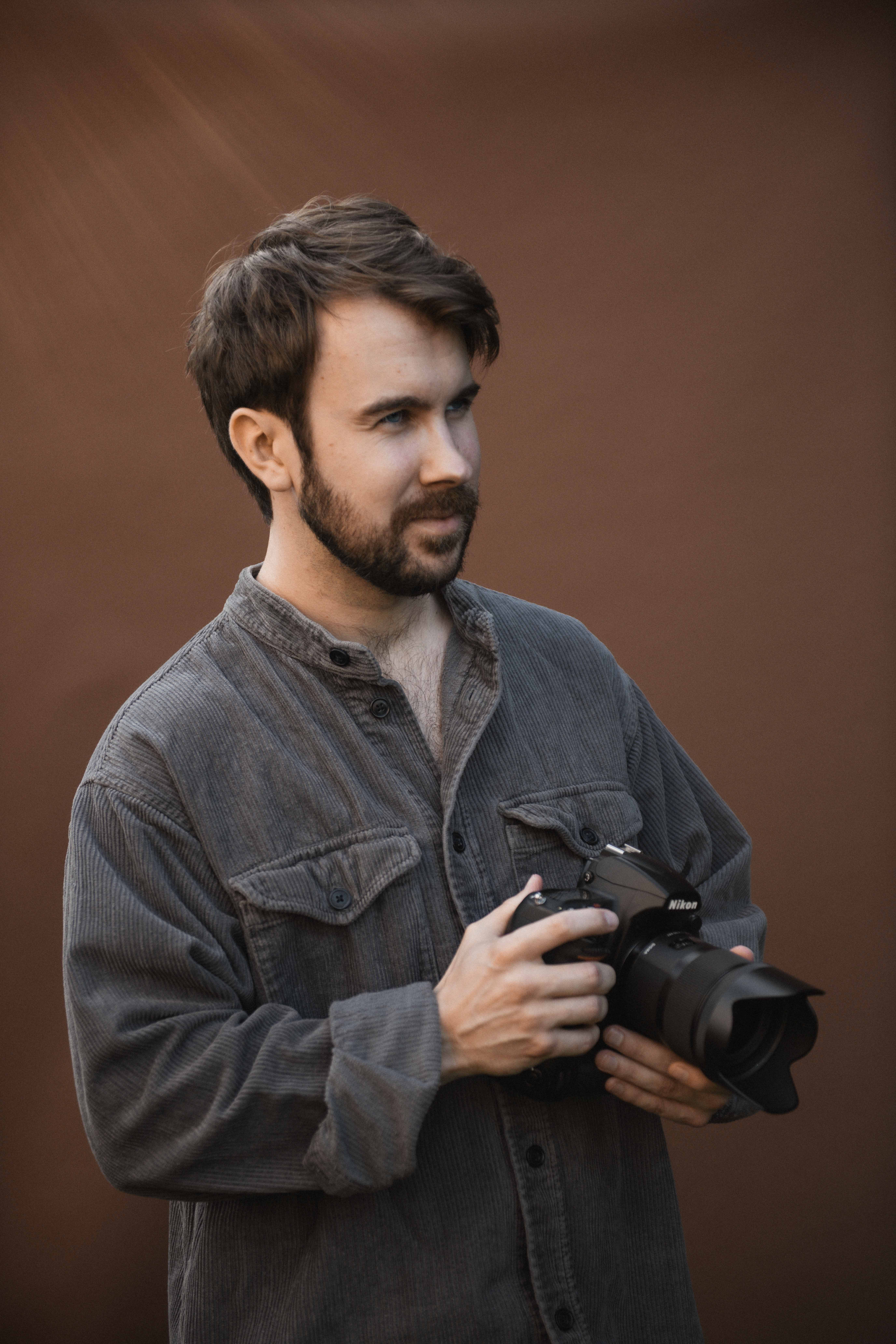Mistakes I Help Wedding Photographers Avoid
July 8, 2025
Running a photography business since 2012 has taught me a lot to know about mistakes I help wedding photographers avoid. I’ve worked in fashion and commercial photography, taught photography basics to beginners, shot all sorts of weddings, and built a sustainable business doing something I love. But none of that came without a few “learning experiences” along the way.
Most lessons came from the obvious trial and error that every photographer experiences and others came from being in business for such a long time. This post is for those of you who are either early in your wedding photography journey or looking to take it to the next level. Maybe you’ve learned some hard lessons already or maybe you’re trying to avoid them.
Either way, here are some of the most common mistakes I help wedding photographers avoid through mentoring. All of these are drawn from real, lived experience. My aim? To help you work with more confidence, clarity, and creative integrity. I feel like that’s my calling, so let’s get after it.
Contents
- Underestimating the Importance of Professionalism
- Not Mastering Manual Mode Early Enough
- Forgetting the Little Things That Make a Big Difference
- Unclear Pricing and Product Strategy
- Ignoring Your Gut When It Comes to Quality
- Choosing Speed Over Safety With Your Files
- Trusting Used Equipment Without a Check
- Not Setting Boundaries With Photo Booths or Parties
- Lack of Guidance Around Wardrobe Choices
- No Contingency Plan for Model or Talent Cancellations
- Underestimating the Power of Client Experience
- How My Mentoring Can Help You Build a Thriving Photography Business
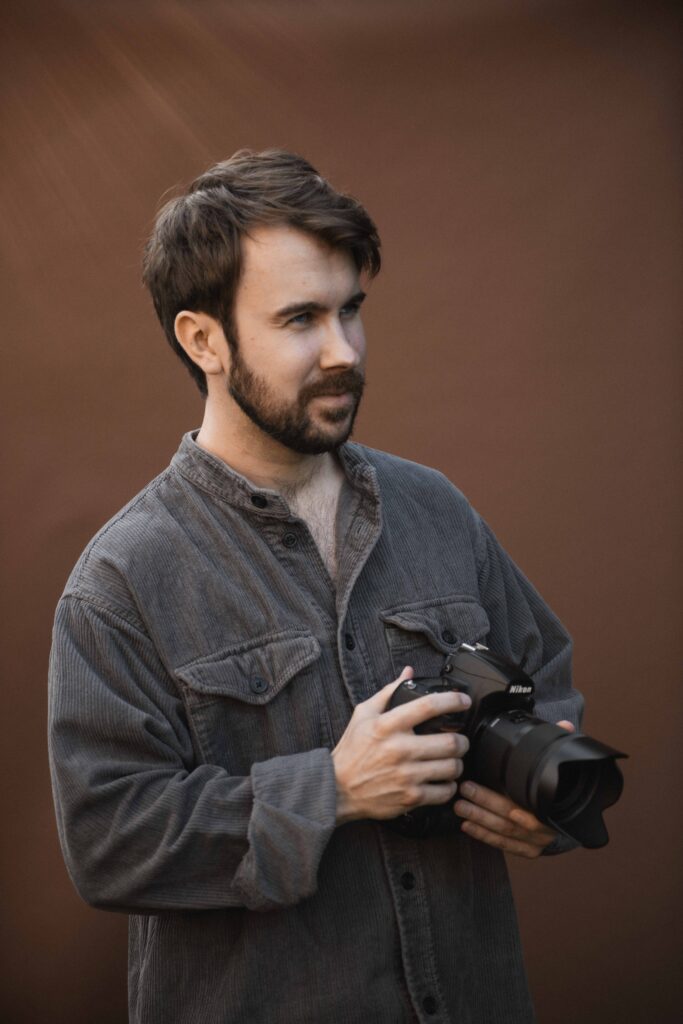
Underestimating the Importance of Professionalism
The first of the mistakes I help wedding photographers avoid is to do with what you wear. See, professionalism isn’t about wearing a certain outfit or speaking in corporate buzzwords. It’s about who you know you are, how you respond under pressure, how you treat other suppliers, and how adaptable you are when plans go out the window. In wedding photography, they sometimes do. The weather turns. Timings run late. People panic. You have to be the calm one who brings peace.
One of my early gigs was a black-tie charity event at Royal St George’s Golf Club. I was 19, enthusiastic, and absolutely unaware my fitted black jeans were clearly still jeans “smart enough.”
News flash, golf clubs don’t like jeans.
I was greeted at the door by a club official who informed me they didn’t meet the dress code. Worse still, the venue had specific restrictions for women at the time, including which areas they were allowed to enter. Can you believe it?
I hadn’t asked the right questions and ended up changing into a borrowed pair of size 38 trousers that barely stayed up. I felt completely out of place. And frankly, I looked flipping ridiculous.
That day taught me to do my homework. Now I always confirm dress codes, venue expectations, access points, and whether I need to bring ID or paperwork. If I’m mentoring someone preparing for a high-end wedding or working with a corporate client, we go over it together.
Professionalism isn’t something you switch on, it’s something you build upon and embody in your work.
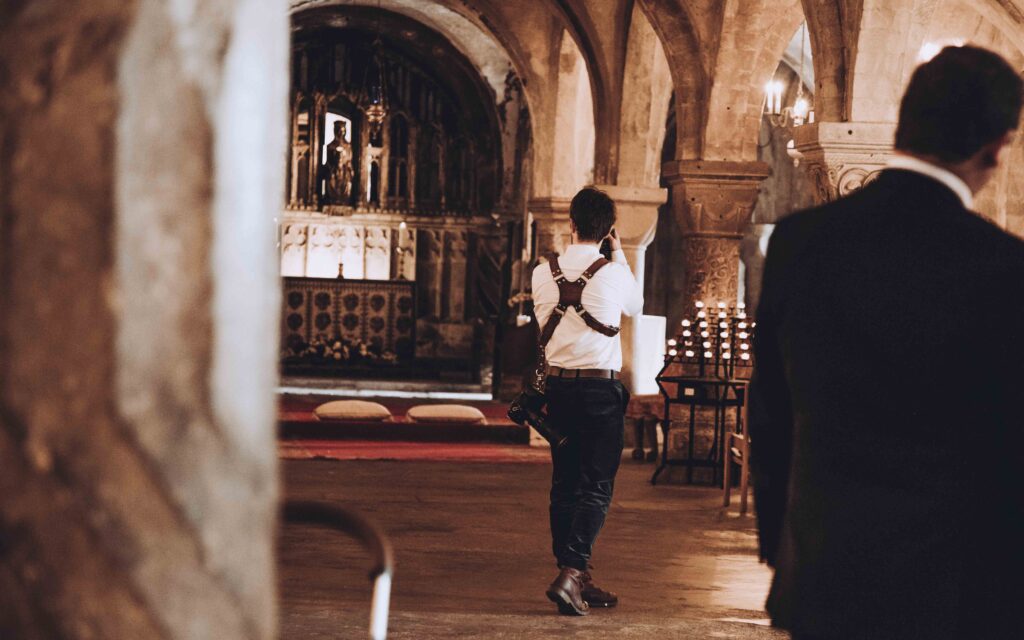
Not Mastering Manual Mode Early Enough
Let’s talk camera’s with mistakes I help wedding photographers avoid. Aperture Priority and Shutter Priority modes are pretty helpful in fast-moving situations – but they can also become a crutch. When you rely on them heavily, you sort of hand over control of your initial image to the camera. This might seem fine when you are starting out, but it often leads to inconsistency. In faster-paced weddings, where light can change moment to moment, your camera’s automatic choices may not be what you want. Some will argue Aperture priority is best for consistency, I’d disagree.
In your early years, those semi-auto modes might help you get the job done. They help you feel confident enough to keep shooting. But they can also saddle you with wildly inconsistent exposures. Especially when metering modes aren’t fully understood.
Even learning spot metering without grasping how it interacts with exposure is dangerous. Suddenly the bride’s dress is blown out in one photo, then too dark in the next. You might think editing fixes it, but all that extra work chips away at your margins in terms of time and stresses you out needlessly.
Learning to shoot in Manual is a pain at first. It’s slower, more deliberate, and sometimes frustrating. But it makes you pay attention to every aspect of exposure. Over time, setting aperture, shutter, and ISO becomes second nature. You learn how to watch changes in light and react confidently. Histograms stop being intimidating graphs and become your friends. You adapt instantly to dim churches, backlit vows, or unexpected shadows.
It’s in those moments when the light is harsh or the ceremony moves indoors that shooting Manual makes all the difference. You’re not waiting for the camera to decide. You decide, nail the exposure consistently and control the images instead of hoping the camera got them right.
The difference between a decent wedding photographer and a great one? Consistency and creativity. That comes from habit, from knowing your settings like the back of your hand, and from committing to Manual early in your development. Then, when chaos strikes, you are ready to not make the mistakes I help wedding photographers avoid.
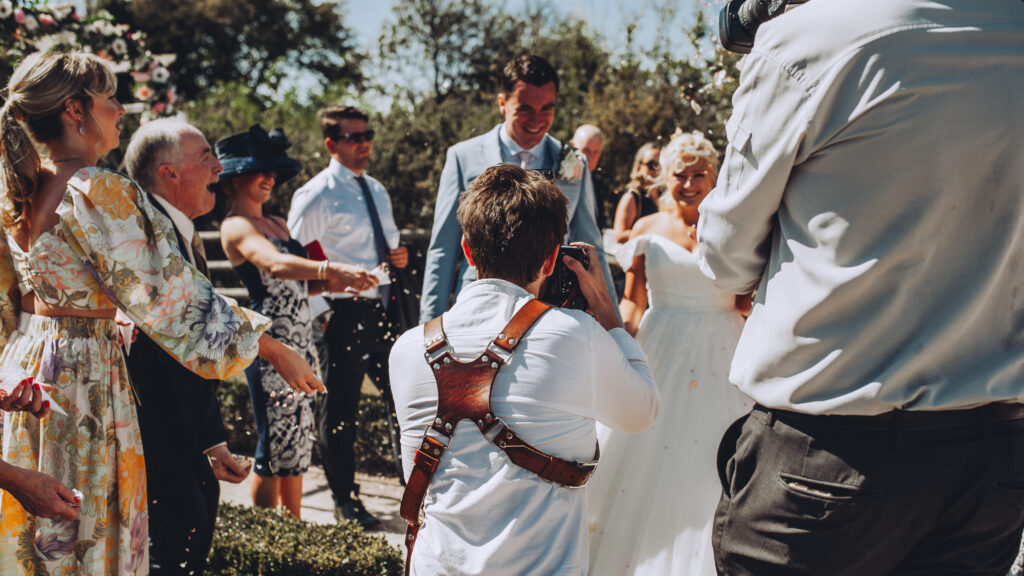
Forgetting the Little Things That Make a Big Difference
It’s so easy to get caught up in the drama of the big moments like proper laughter, big hugs and raw emotion. Those fleeting seconds when everyone’s guard is down and the atmosphere is magic. That’s what we’re there to capture, right? But if we’re not careful, we can miss the small, seemingly minor details that our clients will notice immediately – especially when they’re hanging that photo on their wall or sharing their album with friends and family.
I’ve worked with plenty of brilliant photographers over the years, and one of the things I remind them during mentoring is that attention to detail is a core part of your skillset. It’s not about being overly controlling or nit-picky. It’s about being observant, present, and aware of what’s going on beyond the expressions on people’s faces.
One of the mistakes I help wedding photographers avoid comes down to details with group shots. For example, a groomsman holding a bottle of Peroni in a beautifully posed family portrait can make the whole photo feel unfinished. Or worse, out of place. A guest keeping their sunglasses on, even indoors, while everyone else is squinting in natural light? That’s what draws the eye. And things like hair ties, hands in pockets, or phones in front pockets can all become little irritations when clients look back through their photos.
I always aim to be the person who notices. Not to embarrass people or make them feel uncomfortable – just to help them look their best. Before I take a group shot, I pause for a moment to scan the whole group. I’ll ask people to put their glasses down, remove sunglasses, straighten their ties or tuck in a stray shirt corner. I make sure everyone’s facing the light in a flattering way and remind them to keep their hands visible and relaxed. It only takes a moment but stops mistakes I help wedding photographers avoid.
I also always take several versions of the same setup – more than you think you need. Because inevitably someone will blink, scratch their head, or look at the flower girl skipping off to the side. If you’ve got three or four frames to work with, you’ll almost always have a clean one to deliver. That’s the version that gets printed. That’s the one that makes your client say, “You caught us perfectly.” when I actually photoshopped 3 heads from 3 different photographs!
You’re not being awkward or overly fussy. You’re taking the responsibility seriously. When someone hires you to capture their wedding, you’re not just preserving memories – you’re curating how those memories are framed forever.
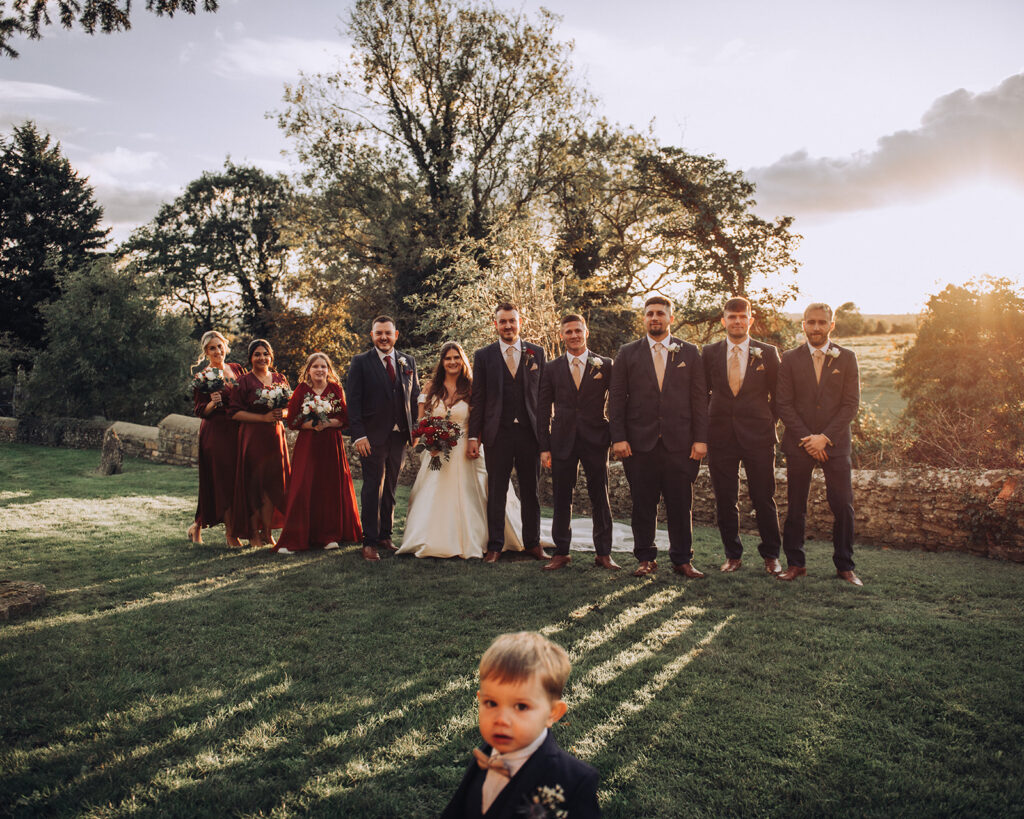
Unclear Pricing and Product Strategy
This is one of the most common mistakes I help wedding photographers avoid around sales. Not because they lack skill or creativity with sales, but because they are vague. They assume that their work will speak for itself, or that their clients will instinctively understand the value. But in reality, people need clarity and structure. And if you don’t guide them through the process, they will fill in the blanks themselves – often in a way that doesn’t benefit you.
Hear me out, as a teen I learned this the hard way. Now it’s one of the big mistakes I help wedding photographers avoid.
In my very early years, I invited a family over for a viewing session at my home. I hadn’t prepared a clear product list yet, but I was confident that once they saw the images, they’d want something tangible and I could go from there. I thought I’d just talk them through a few ideas after they had finished viewing. But instead of asking what I recommended, the Dad opened up a web browser, pulled up eBay, and started searching for frames on their own. In my office room. Using MY computer. It was a complete loss of control and a very awkward moment. I realised then that without a structured offering, I couldn’t expect people to value what I hadn’t taken the time to define.
Now, things are different. From the very first interaction, clients are given clear information about what is available. That includes product samples they can see and touch, detailed pricing sheets, clear package options, and delivery timelines. I even explain how sizes might work on their walls by examples. It builds trust, yes, but it also sets expectations. There is no confusion and no need to “sell” anything awkwardly after the fact. People are much more comfortable when they know where they stand.
One of the mistakes I help wedding photographers avoid is that clear pricing is not about pressure. It is actually about leadership. When someone books you, they are not just buying your time. They are trusting you to take them through an experience from start to finish. That includes the products they will walk away with. If you are vague, they will hesitate. If you are confident and structured, they will feel looked after and more inclined to invest in the work you’ve created for them.
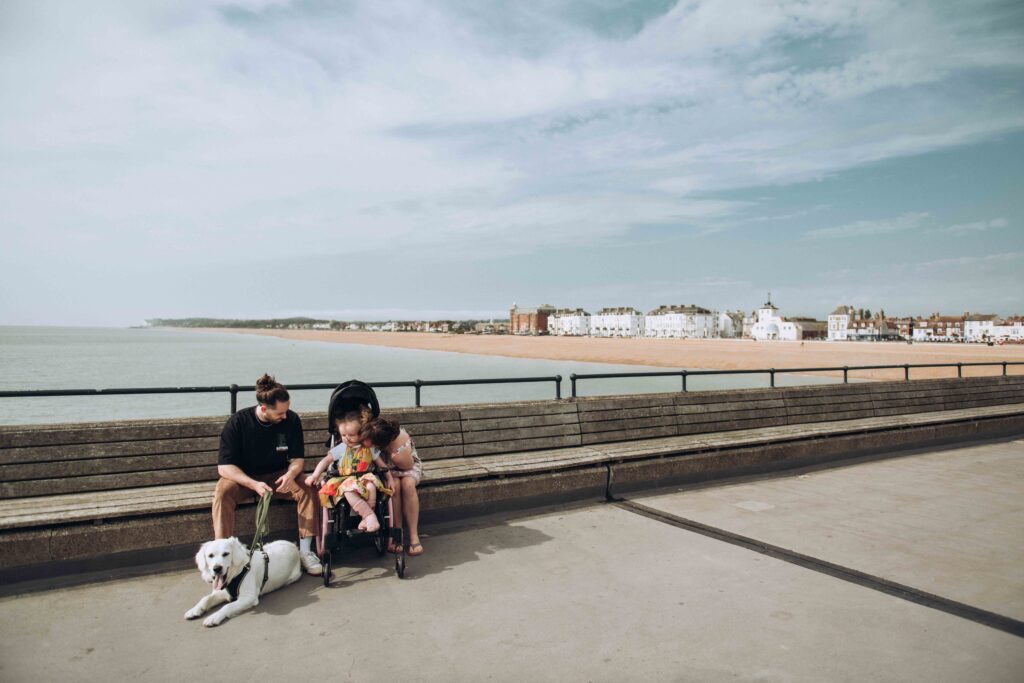
Ignoring Your Gut When It Comes to Quality
You have to trust your own standards. That instinctive sense that something is not quite right is there for a reason. And in this industry, your gut feeling is often one of your most reliable tools. If you let it guide you, it will protect your reputation. If you ignore it, you risk handing over something that falls short of what you stand for.
I remember receiving an album to one of my first weddings that I had carefully designed and was initially excited about. But as soon as I opened the box, something felt off. The print quality wasn’t disastrous, but the images looked darker than expected. They had lost that clarity and warmth I had worked hard to bring out in editing. The whole thing felt a bit flat, like the life had been drained from it slightly. At first, I tried to talk myself into believing it was fine. That maybe I was just overthinking it or being too fussy.
But something in me said no. So I messaged the client and asked if I could show it to them in person before sending it out as final. They took one look and agreed. It just didn’t sing. We made the call together to switch suppliers and reprint it, and the second version was beautiful. Exactly what it should have been from the start. It cost me, but that was totally worth delivering the best product.
That moment reinforced something I now tell every photographer I mentor: if something feels off – whether it’s an album or edit that doesn’t quite sit right – pause before delivering it. Step back and ask yourself honestly whether you’d be happy receiving it as a paying client. If the answer is anything other than a big fat yes, don’t hand it over. Fix it, even if it costs you. That decision might not feel convenient in the short term, but it will save you so much in the long run.
One product that doesn’t reflect your standard can undo a lot of hard work. And clients will always remember how you handled it. If you step up and offer a better version before they even need to ask, they trust you more, not less. Quality control is not just about the physical item. It’s about showing your clients that you care deeply about the finished result. That level of care is better than one of the mistakes I help wedding photographers avoid.
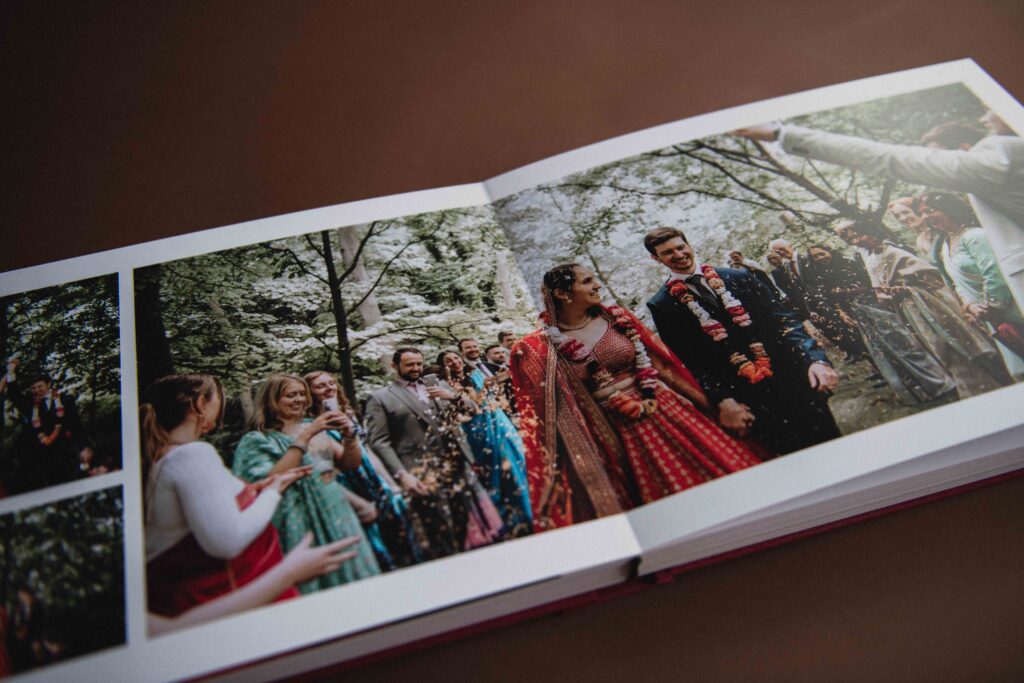
Choosing Speed Over Safety With Your Files
There is nothing more important than backing up your work. Not just at the end of a wedding, but throughout your entire process. It’s not dramatic to say that your entire business depends on it. You can have the most beautiful edits in the world, but if you lose the files before delivery, an apology won’t cut the mustard.
I learned this lesson during a chaotic, sleep-deprived season of life when my son had just been born. We were preparing to turn my home office into a nursery, so everything had to be moved. In the middle of the shuffle, I tried to carry the desk – with my hard drive still plugged in – across the hallway. The cable snagged, the drive hit the floor, and it stopped working immediately. I was gutted. I knew what could have been on there. Months of work. Entire weddings. All those moments people had trusted me to capture.
Luckily, I had already built habits around multiple layers of backup. I had the files saved on two other hard drives, both in different physical locations. The original RAWs were still on the memory cards, untouched. I’d even uploaded finished edits to cloud storage. That broken drive ended up in the bin, but no client was affected. It was a near miss, and I will never forget the adrenaline of that moment.
Now, I teach a proper file management system to prevent mistakes I help wedding photographers avoid. We don’t leave it to chance. This is the core of what makes your business secure. My workflow looks like this:
- Shoot on dual card slot cameras so there’s an instant backup while you’re working, or use multiple cards as is
- Transfer files to two separate hard drives as soon as you’re home – one stays at the studio or home, the other is stored off-site
- Do not format your memory cards until the final gallery has been safely delivered and put them in a fireproof box while editing
- Upload completed galleries or final edits to cloud storage for long-term access
- Run regular tests to make sure your hard drives haven’t failed quietly in the background
Even with the best of intentions, things go wrong. Drives fail. Cards corrupt. Mistakes happen. But if you’ve got a solid backup structure in place, none of those moments will break your business.
Side note, don’t kick yourself if you fail with this. You’re not a bad person, and even as a wedding photographer I have the perspective that photographs are a luxury. The main thing is the couple getting married, that is the life changing thing. Just choose to learn and do better in future.
Fast turnaround times are great, and clients love efficiency. But safety has to come first. Because mistakes I help wedding photographers avoid include not taking precautions and everything goes sideways. Be quick, yes – but never at the expense of caution. It’s not worth the risk.
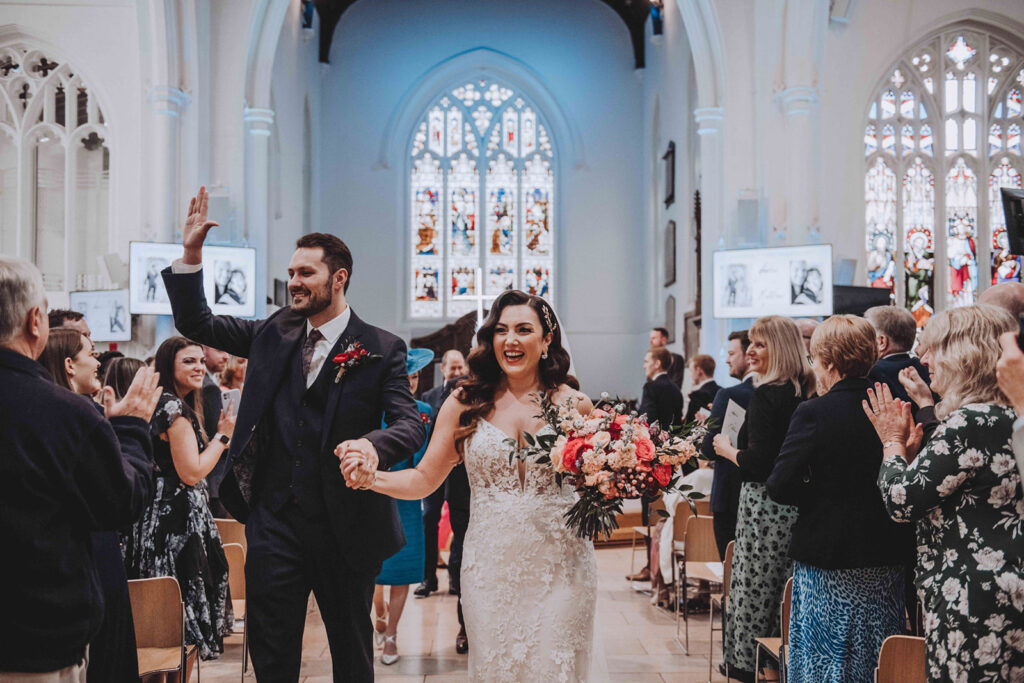
Trusting Used Equipment Without a Check
I completely understand the temptation. Photography gear is expensive, and when you’re trying to grow your kit without wiping out your savings, second-hand options can feel like a brilliant solution. And sometimes they are. But if you skip the right checks, buying used can quickly become one of the most expensive mistakes you make.
I’ve worked with photographers who thought they’d scored a great deal online, only to find out later that the gear wasn’t in working order. One bought a full-frame DSLR that turned out to have faulty autofocus. These are not rare horror stories – they are common, and usually avoidable.
The issue is that sellers often have a very different idea of what counts as “excellent” or “fully functional.” A camera might turn on, but that doesn’t mean it can survive the demands of a full wedding day or even basic function. And by the time you realise something is wrong, you might be out of your return window or stuck with a hefty repair bill that cancels out the savings you thought you made.
If you are buying used gear, treat it like a professional tool – not a gamble. Here’s what I recommend:
- Always test the camera or lens thoroughly before you take it to a shoot
- Ideally, buy from a reputable dealer who offers a warranty, even if it costs a bit more
- Ask for the shutter count, service history, and any paperwork or receipts
- Check sensor condition, autofocus accuracy, and image sharpness in a range of settings
- Run a few practice shoots with it before you rely on it for paid work
Yes, it might feel like overkill. And yes, it takes heaps of time. But when you are shooting in a dimly lit church and your main body locks up or your autofocus starts hunting during the kiss, there is nothing you can do in that moment to fix it. You’ll wish you had spent that time testing. You’ll wish you had paid for the dealer with a return policy.
The stakes are high when clients are depending on you. So by all means, buy second-hand if it makes sense for your business – but treat the process with the same care you’d give to your own reputation. Because that’s exactly what you’re risking.
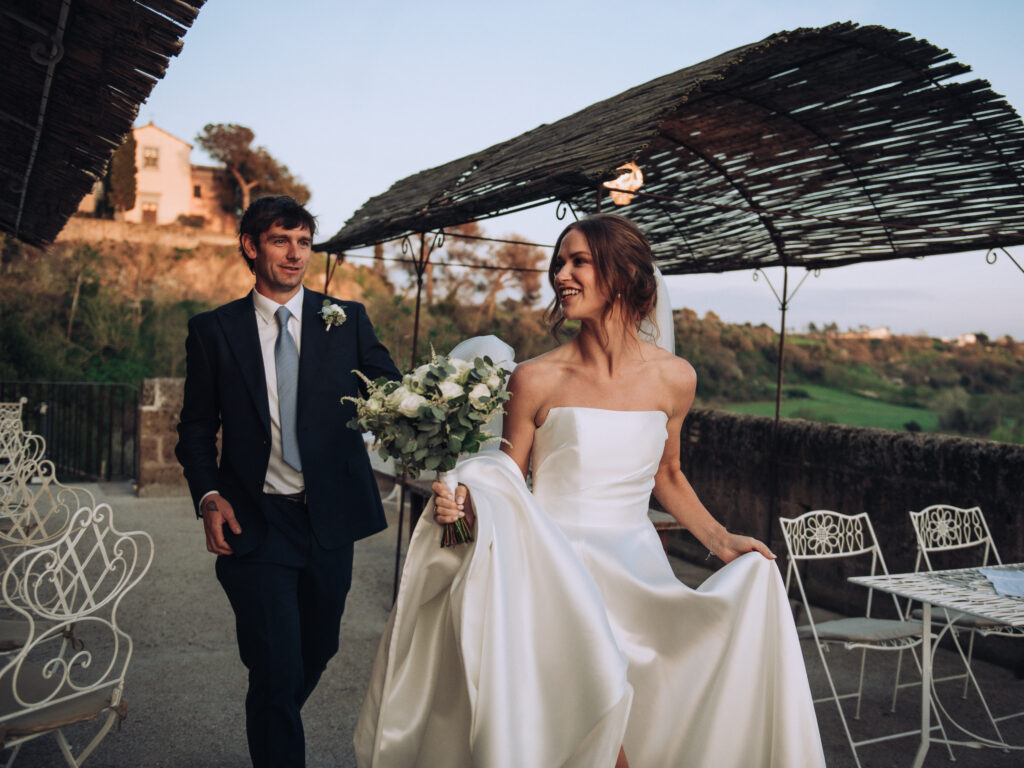
Not Setting Boundaries With Photo Booths or Parties
If you’ve ever set up a DIY photo booth at a wedding, you’ll already know how quickly things can spiral once the drinks are flowing and the formalities fade. What starts as light-hearted fun can turn into a chaotic free-for-all by 10pm. Props get lost or broken (heels through backdrops), guests pile into tiny spaces, and your carefully styled backdrop ends up crumpled on the floor.
I remember one wedding where I had created a simple booth with a seamless paper backdrop, a remote trigger, and four flash lights. Quite elaborate, but the commission called for it. I set it up thinking the guests would be spatially aware. Fast forward an hour later to find ten guests squeezed into the space, half standing on each other’s feet. The backdrop was sagging and torn at the corners. The energy was high, but the photos had crossed the line from fun into something you wouldn’t want printed and framed. It was more student house party than elegant celebration.
That moment made it clear – boundaries matter. If you’re offering a booth, whether included in your package or as an optional extra, it needs structure. Without a bit of direction or signage, guests will naturally test the limits. Not because they’re being malicious, but because that is what happens at parties. People loosen up and push the edges.
Now, I make it crystal clear what the booth includes. If I rarely set one up myself, I do it for maximum an hour and have an assistant come on the job for set up and pack down. I also add a printed sign with guidelines. That covers things like how many people can be in at once and a gentle note asking people not to move the lights or stands. A little clarity upfront makes a massive difference to the quality of the images and the lifespan of your gear.
In truth, there’s a point in the evening when you need to decide whether it’s worth managing at all. If you don’t want to be policing a backdrop at midnight, or packing down super late, consider outsourcing it. There are brilliant companies like Burbage Photo Booth who specialise in exactly this – creating a fun experience whilst giving the luxury service. They bring the staff, the tech, the setup, and the structure. Guests have a great time, and you can focus on your main role.
Whether you DIY or delegate, don’t fall into the trap of thinking “it’ll be fine.” Put the right boundaries in place and you’ll save yourself a lot of stress – and probably a broken light stand or two.
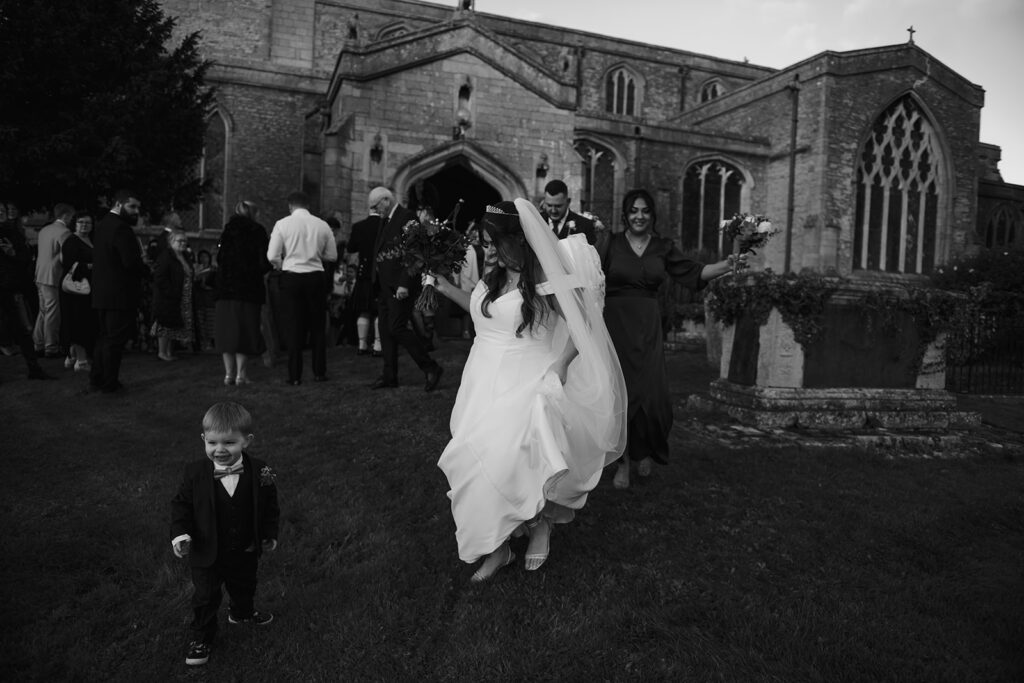
Lack of Guidance Around Wardrobe Choices
I’ve seen some otherwise stunning engagement shoots undermined by something as simple as a slogan t-shirt shouting louder than the couple’s smiles (I remember having a t-shirt with “vote earnie” written on eek). These little wardrobe details can be surprisingly distracting in photos, pulling attention away from the genuine connection you’re trying to capture. The tricky part is, clients don’t know what they don’t know. They’re not photographers. They might think what they’re wearing looks fine or even great, without realising how certain colours or patterns might behave on camera.
That’s why over time, I’ve come to see providing clear but friendly wardrobe guidance as an essential part of the process, especially for portrait and engagement shoots. It’s not about imposing rules or making people feel uncomfortable. It’s about helping them feel confident and comfortable in what they wear and ensuring the photos reflect that.
My guidance usually covers a few key points. For example, I encourage avoiding tight stripes or bold patterns that can cause weird visual effects or distraction. I recommend choosing complementary colour palettes. Nothing too loud or clashing which helps to create a cohesive look across the images. Comfort is also vital. If someone isn’t relaxed in their outfit, it will show, so I suggest they wear clothes they feel themselves in, even if that means opting for casual over formal. Then I ask them to bring 3 more outfits as possible changes. Finally, I always ask clients to bring an extra layer like a jacket to add variety and interest to the shots without having to change outfits completely. If you’re having photos in multiple rooms, it’s good to have different outfits so it doesn’t look as if everything was shot on the same shoot.
Taking the time to offer this kind of guidance not only shows your clients that you care about every detail of their experience, but it also pays dividends when it comes to the final images. They feel looked after and prepared, and you get a more polished, cohesive collection of photographs to deliver. It’s a simple thing that often gets overlooked, but it makes a world of difference.

No Contingency Plan for Model or Talent Cancellations
Back in my fashion photography days, I lost count of how many times a model would cancel just hours before a shoot. Usually, the agency would simply say, “ShE’s UnWeLl,” and that was the end of the conversation. No warning, no backup, just a sudden change that left me scrambling. This was before social media and instant messaging were widespread, so communication wasn’t as immediate as it is now. It felt like being left stranded without a safety net, often at the worst possible moment.
On several occasions, I had to call in friends to stand in as models at the last minute. They were kind enough to help, but they were often not the look that had been carefully approved by clients and directors. It’s one thing to have a willing face, but quite another to have someone who truly suits the brief. These last-minute swaps created stress and sometimes meant the shoot had to be adjusted on the fly, which isn’t ideal when budgets and timelines are tight.
For anyone hiring talent, whether for fashion, commercial, or even styled wedding shoots, having a contingency plan is essential. I now always advise photographers and clients to have a backup model lined up. This could be someone on standby who you know and trust to step in if needed. It’s worth building relationships with a few reliable contacts who can be called upon at short notice.
It’s equally important to have a clear clause in your contract that covers cancellations and replacements. This protects everyone involved and sets expectations. Clients and agencies alike appreciate the professionalism of having these situations accounted for in writing.
Finally, prepare yourself and your clients mentally for the possibility that things might change last minute. A calm, respectful approach to navigating these shifts will ease tension and help keep the shoot moving forward smoothly. Nobody likes surprises on shoot day, so setting clear communication channels and contingency expectations beforehand means everyone feels more secure. The other thing is that as annoying as it is, shoots like this CAN be rescheduled, but weddings usually can’t!
Having a backup plan isn’t just about avoiding disaster; it’s about showing you’re organised, reliable, and ready for the unexpected. That kind of professionalism helps build trust and means your shoots are more likely to run seamlessly, even when things don’t go exactly to plan.
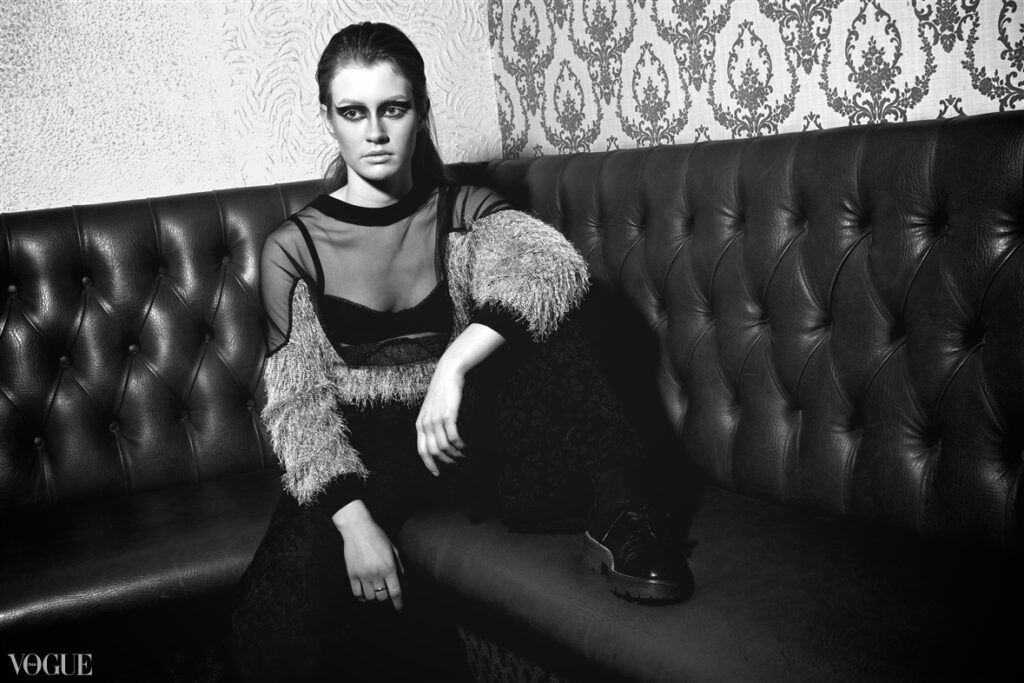
Underestimating the Power of Client Experience
This is the thread that ties everything else together. The small details you obsess over all matter deeply. But so does everything around those moments: how you prepare your clients before the shoot, how you communicate throughout the entire process, and the way you deliver their finished images. It’s the full experience that shapes how people remember you long after the wedding day is over.
Believe it or not, photography isn’t just about capturing images. It’s about how your clients feel before they even step in front of your camera, the way they feel while you’re working with them, and the emotion they experience when they receive their gallery or album. All of this forms part of the story you tell of their wedding day and their relationship with you as their photographer.
One of the key lessons I share in mentoring is this: you’re not selling photos. You’re offering a service, an experience, and a memory that will last. When you keep this front and centre, it changes how you approach every conversation, every decision, and every interaction. Your client journey needs to be seamless, clear, and genuinely enjoyable from start to finish.
This means being prompt and friendly in your email replies, setting clear expectations around timing and delivery, and presenting your work in a way that feels special. Whether that’s a beautifully packaged album, a personalised slideshow, or a handwritten note included with prints, every touchpoint counts. These moments build trust and make your clients feel valued.
When people love working with you, they are more likely to trust your advice, invest in additional products, and recommend you to their friends and family. Word of mouth remains the most powerful marketing tool in wedding photography aside from Google, and it all stems from the client experience you provide. So never underestimate how much the little things matter. They are the foundation for long-term success and a flourishing reputation in this industry.
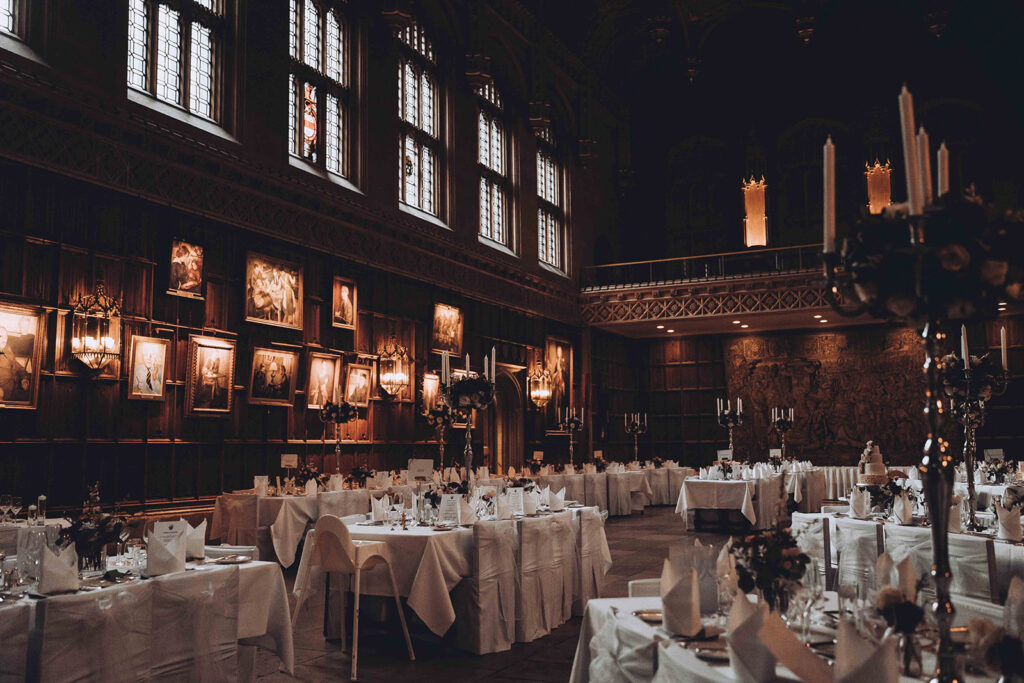
How My Mentoring Can Help You Build a Thriving Photography Business
Every mistake I’ve shared isn’t just something I’ve seen happen to others or read about but I’ve lived through them myself. I’ve learned the hard way, and turned those lessons into practical advice. Over the years, I’ve helped photographers avoid these common pitfalls or recover quickly when things don’t go quite right. My mentoring is not about handing you a rigid formula but about understanding who you are as a photographer and a business owner, and crafting a path that works for you.
The choices are huge but we can focus on key areas that are the foundation of a successful, sustainable wedding photography business:
- Crafting a clear, authentic offering that reflects your values and attracts the right clients
- Developing your unique artistic style so your work stands out while staying true to who you are
- Building confident workflow and file management systems that keep your work safe and reduce stress
- Mastering client communication with clear, professional conversations about pricing, changes, and expectations
- Setting pricing that reflects your worth and supports your long-term growth without feeling pushy or undervalued
- Finding balance and managing your workload so you can avoid burnout and keep your passion alive
This isn’t a one-size-fits-all approach. We tailor everything to fit your personality, goals, and current stage in your business journey. Whether you’re just starting out or looking to level up an existing business, I’ll help you build a brand and workflow that feels natural and rewarding.
If you’re interested in taking your wedding photography business to the next level with mentoring, please get in touch. I’m here to help you grow with confidence, purpose, and joy.
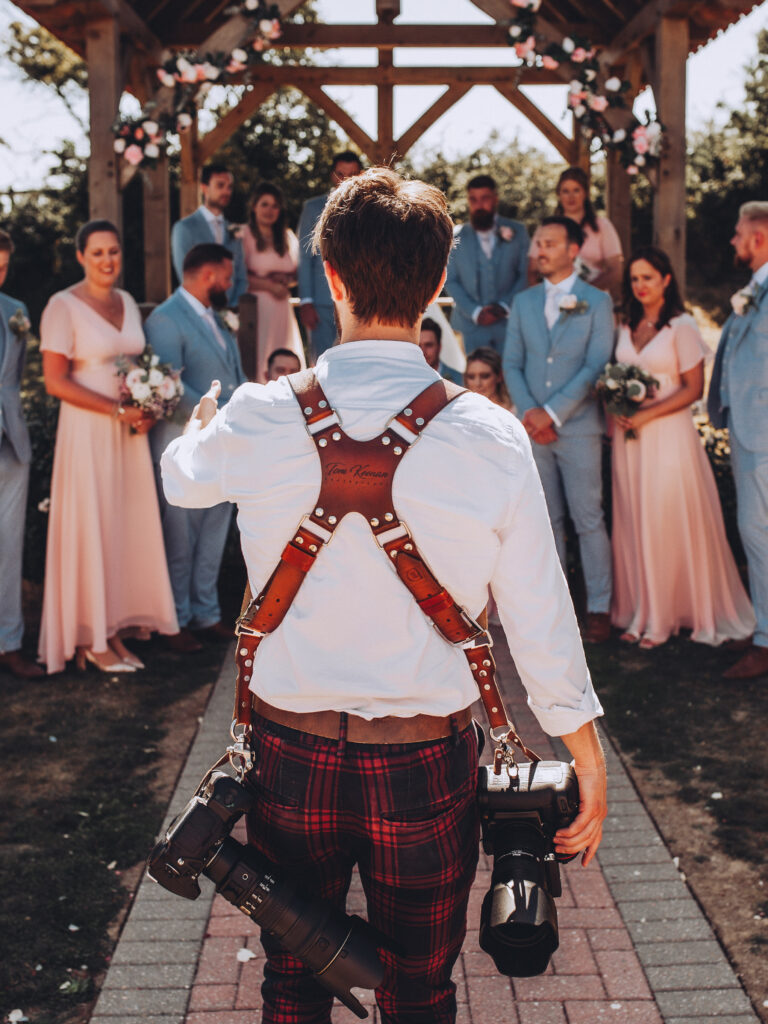
Want to grow your wedding photography business?
Let’s chat about mentoring. Drop me a message to book a session and take the next step with clarity and confidence.
